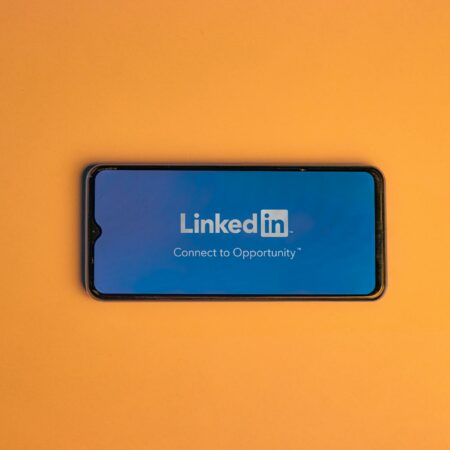There’s a well-known concept in journalism often called the 5 Ws. This idea refers to five common questions, all of which start with W: who, what, when, where, and why.
Most news articles or videos seek to answer some combination of these questions for a specific news event. (Occasionally, an H—which stands for ‘how’—sneaks in there, too. But for the sake of simplicity, we’ll just stick with the five Ws.)
These questions are so universal that they can be applied to many other fields—including marketing. So if you were hoping to get back to the basics of digital marketing, here’s a quick guide from journalism.
Why: Purpose
One of the ways that journalism and marketing vary is where they place the Why question. Typically, journalism places this question at the end of the list of the 5 Ws. Once the other four questions have been answered, then it’s appropriate to answer why this matters.
In marketing, however, you should start with why whenever possible. This helps to establish the reason for nearly everything else you’re doing. Failing to understand the purpose behind your marketing efforts leaves everything else muddy and unclear.
Perhaps that’s because these 5 Ws build on one another in marketing. In the context of journalism, the answers to each question will vary in importance based on the story. Marketers have the luxury of controlling their narratives, and should always begin by asking Why.
Who: Audience
Once you’ve established a clear purpose for your marketing, the next step is to ask Who. Not the British rock band, but your target audience. Who are you trying to reach with your message?
After your purpose, your audience has probably the biggest impact on your marketing’s direction. Who you’re targeting impacts everything else from the strategy to the platforms you’ll use.
Just like with journalism, you’ll be best served by interviewing people to get to know their stories. Don’t assume you know everything about your Who until you spend time talking to them. Knowing your audience can help guide the majority of your marketing efforts.
What: Strategy
From your purpose and your audience, you’ll be better prepared to answer the question: What? As in, what do you actually need to do? The answer to that lies within a marketing strategy.
An effective marketing strategy gives you a map of everything you’ll do to fulfill your Why. It provides the practical tactics for the Where and the When. A strategy brings the concepts behind your purpose to life.
There are endless theories for how to develop a marketing strategy—and ultimately you’re the one to determine what the right plan for your business is. However, our recommendation is to start by building a marketing funnel. This is a manageable way to understand how to reach your Who with the best Where.
Where: Platform
A significant portion of any marketing strategy should be focused on what Where your message will be delivered to your target audience. This is where platforms come into play.
As media philosopher Marshall McLuhan said: “The medium is the message.” Meaning that Where you share information can vastly transform how that information is received.
There are no shortages of marketing platforms—both digital and analog—so you’ve got to use the right ones for the right purposes. Pay close attention to Where you’re communicating.
It can be tempting to try to be present across all channels and broadcast the same message everywhere. An effective strategy understands the best platforms to deliver the right message to the right people at the right time.
When: Planning
Finally, we come to actually executing everything you’ve conceptualized to this point. The best marketing strategy in the world is meaningless unless it’s actually put into practice.
Asking the question ‘When’ might be a limiting way to think about marketing execution. But the timing of When various marketing pieces is an important consideration to ensure that everything happens on time and in sync with everything else.
This could look like implementing a content calendar or a project management tool—or perhaps a combination of both. The important thing is that it’s something your team will use and the system is actually helpful for keeping everyone on task and the tasks running smoothly.





